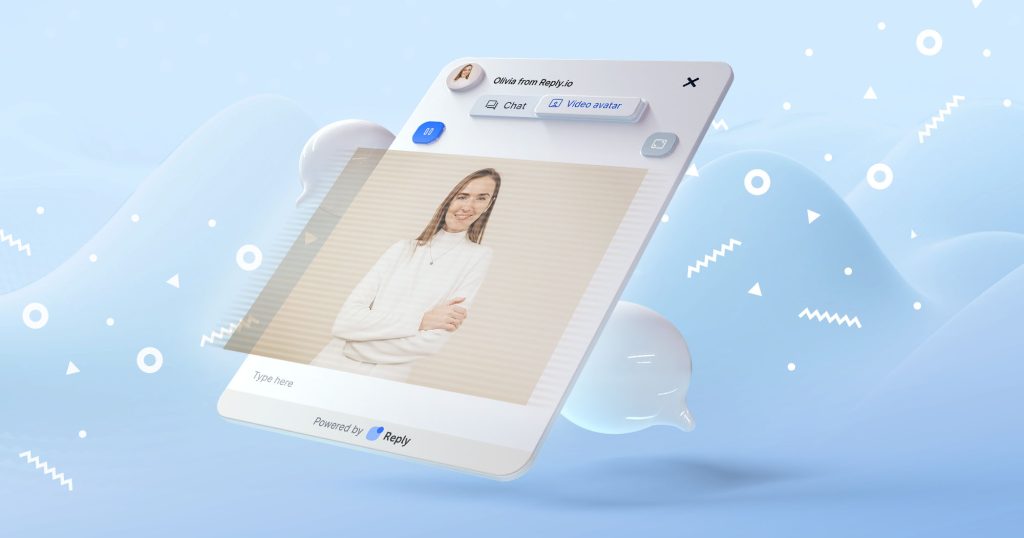Make it easy for the prospect
Speaking of the buyer journey, the whole process from start to finish should be as intuitive and simple as possible for your prospect. That means no friction preventing your prospect from getting all the information they need to make a decision. Then, once they have that information, the actual sale should be just as simple.
Documenting your buyer’s journey is a great way to understand what content you might need. Work out all the potential questions your prospect might ask at each stage, then make sure the answer is easily available.
Of course, the best way to make sure you’re answering the right questions is to see how your prospect interacts with your website. Solutions like Hotjar and Lucky Orange allow you to do that, providing the heatmaps that identify where they drop off. Once you have this, you can apply mechanisms, such as deep linking, to direct customers to the right pages and tools, and help them move along the journey.
Tracking search terms, both the ones that bring visitors to your site and the ones people use while on your site, let you know what information people are looking for. Using live chat or triggered surveys, you can talk directly with your prospects and listen to their questions.

In rare situations, you might decide not to tell them everything.
For example, at Reply, companies interested in an enterprise-level package have to contact us for pricing. The reason is simply that all enterprise packages are unique and tailored to the customer. However, even where you don’t have all your information publicly available, it’s essential prospects easily see how they can get that information. In our case, that means a button on our enterprise pricing page that opens up a chat with our sales team.
It’s not just information that should be readily available though. The process itself should be easy to follow with as few hoops to jump through as possible.
A great example is Amazon’s one-click checkout. Rather than having to fill out your details every time you place an order, everything can be done with a single click. While that may not be plausible for your business, it’s wise to regularly examine your process, test your site, and see where you can make things easier for your prospect.
![17 Actionable Tactics for Inbound Sales [2022 Update] 17 Actionable Tactics for Inbound Sales [2022 Update]](https://reply.io/wp-content/uploads/10.tactics.updated-1-1080x567.jpg)


















![The Go-To Guide to Sales Forecasting [Top 7 Approaches Explained] The Go-To Guide to Sales Forecasting [Top 7 Approaches Explained]](https://reply.io/wp-content/uploads/sales.forecasting-1024x538.jpg)

